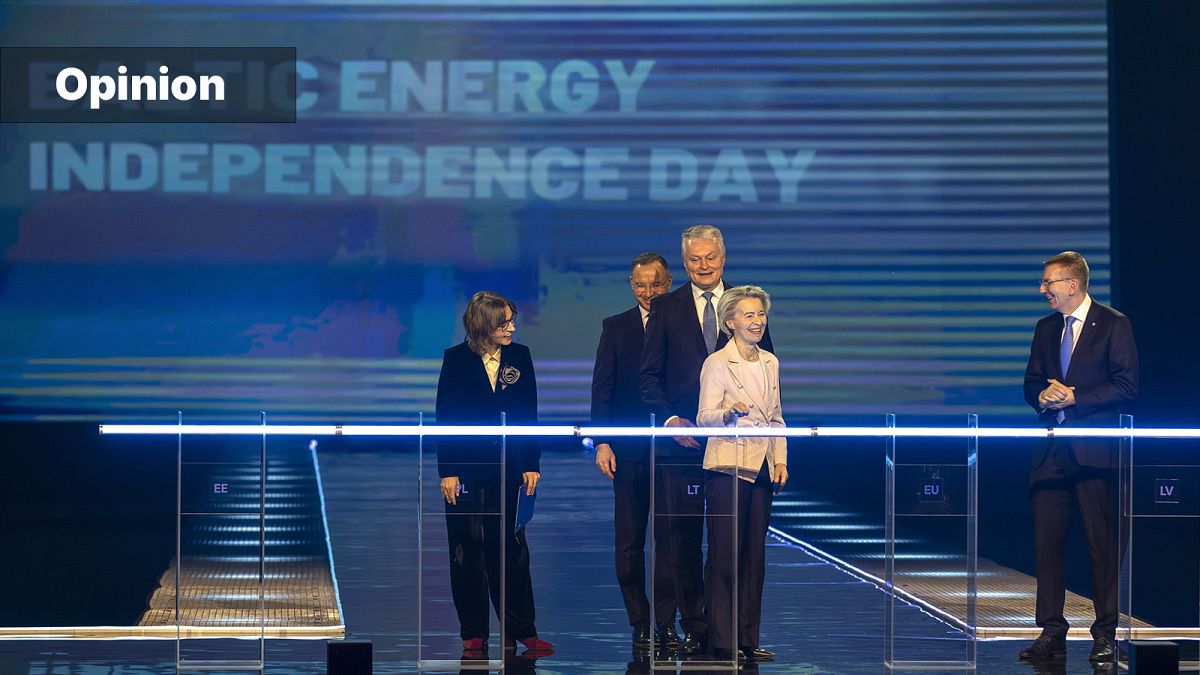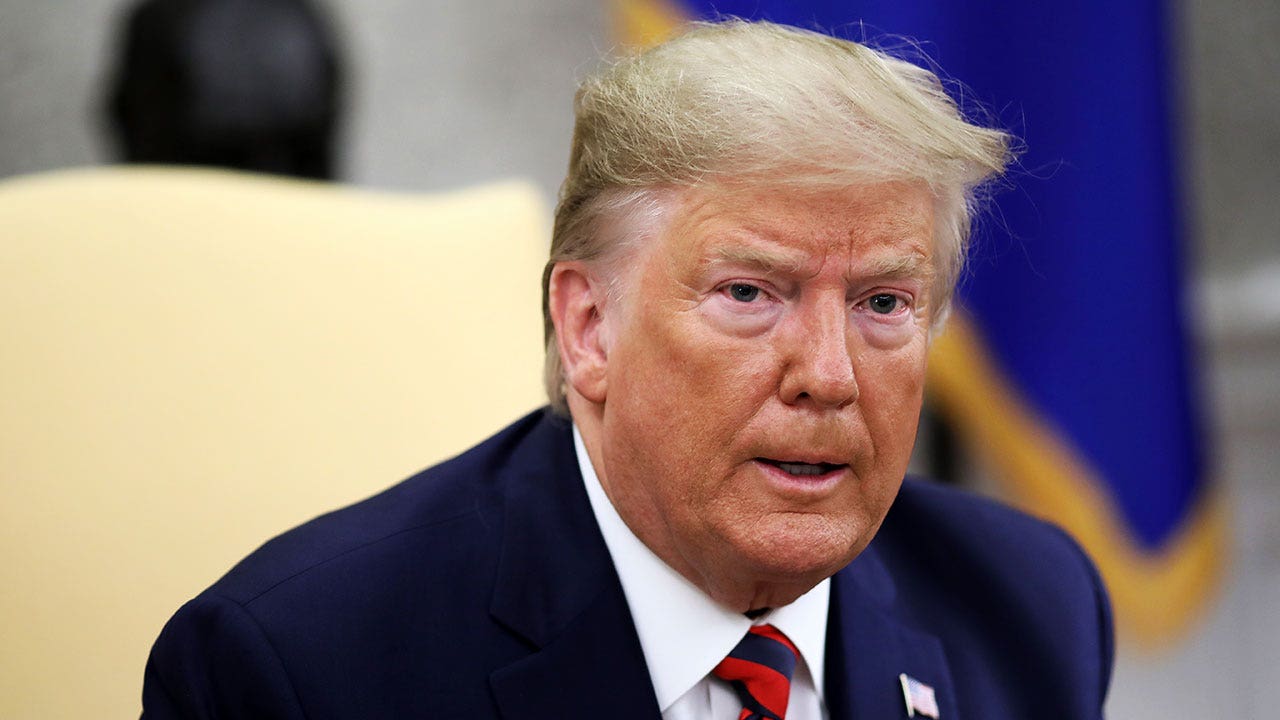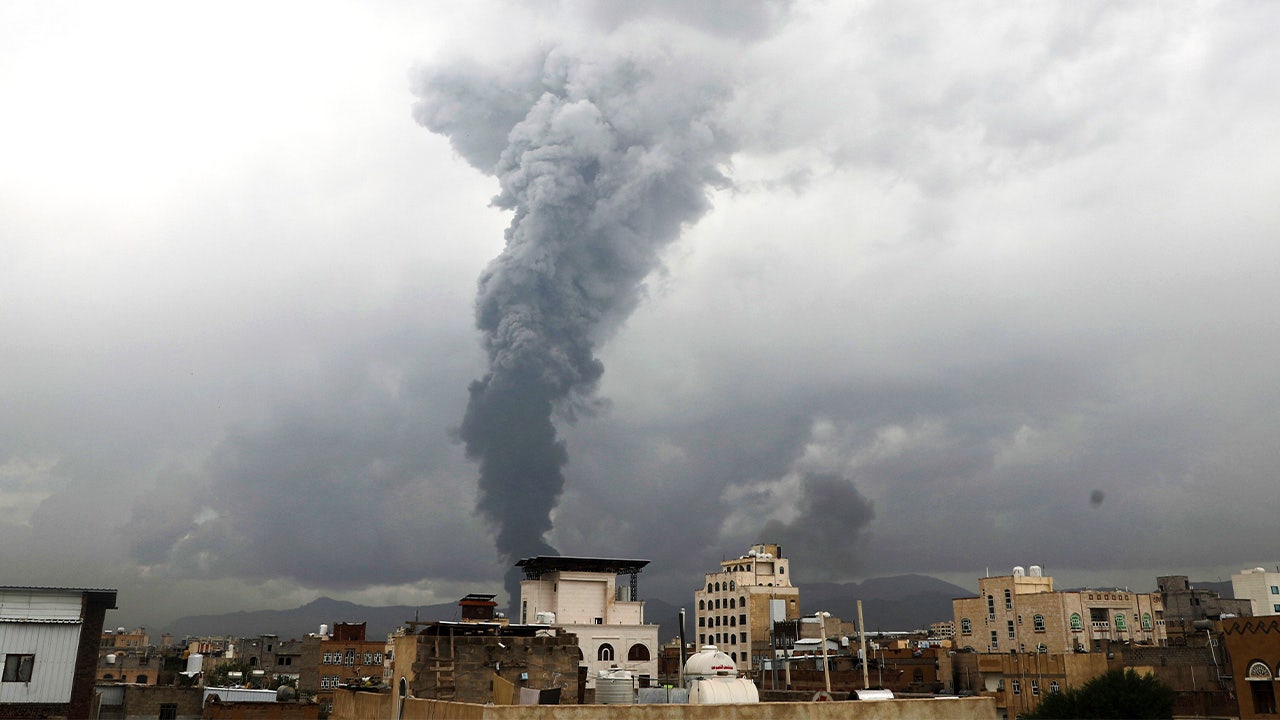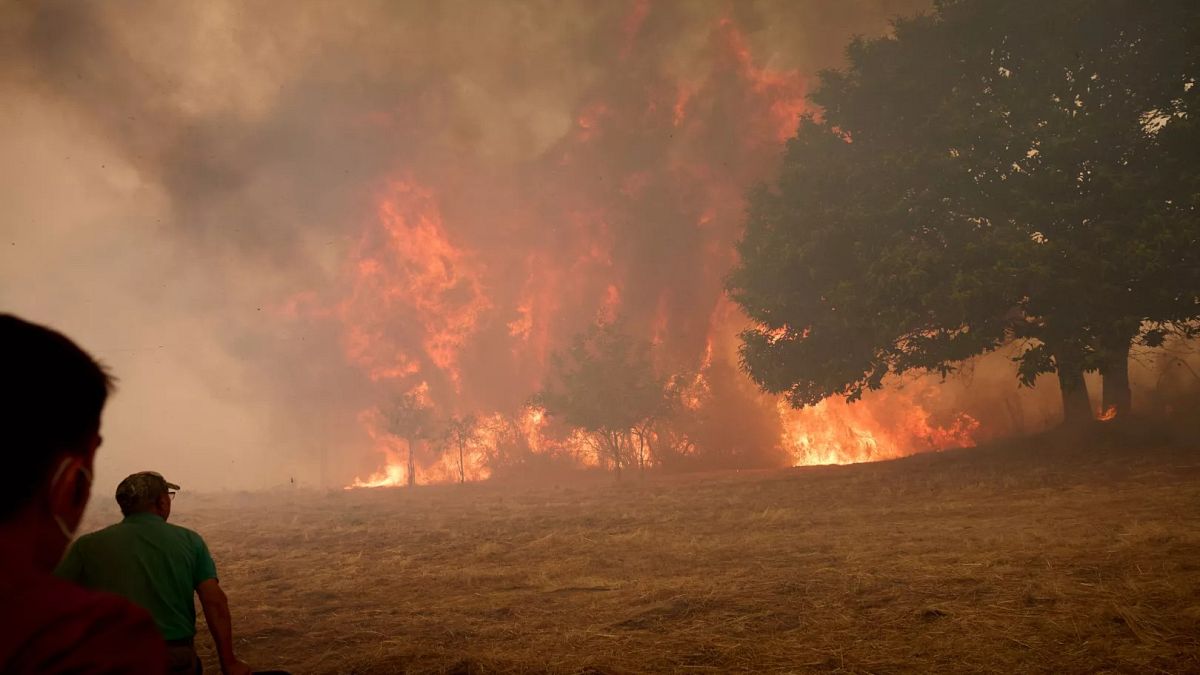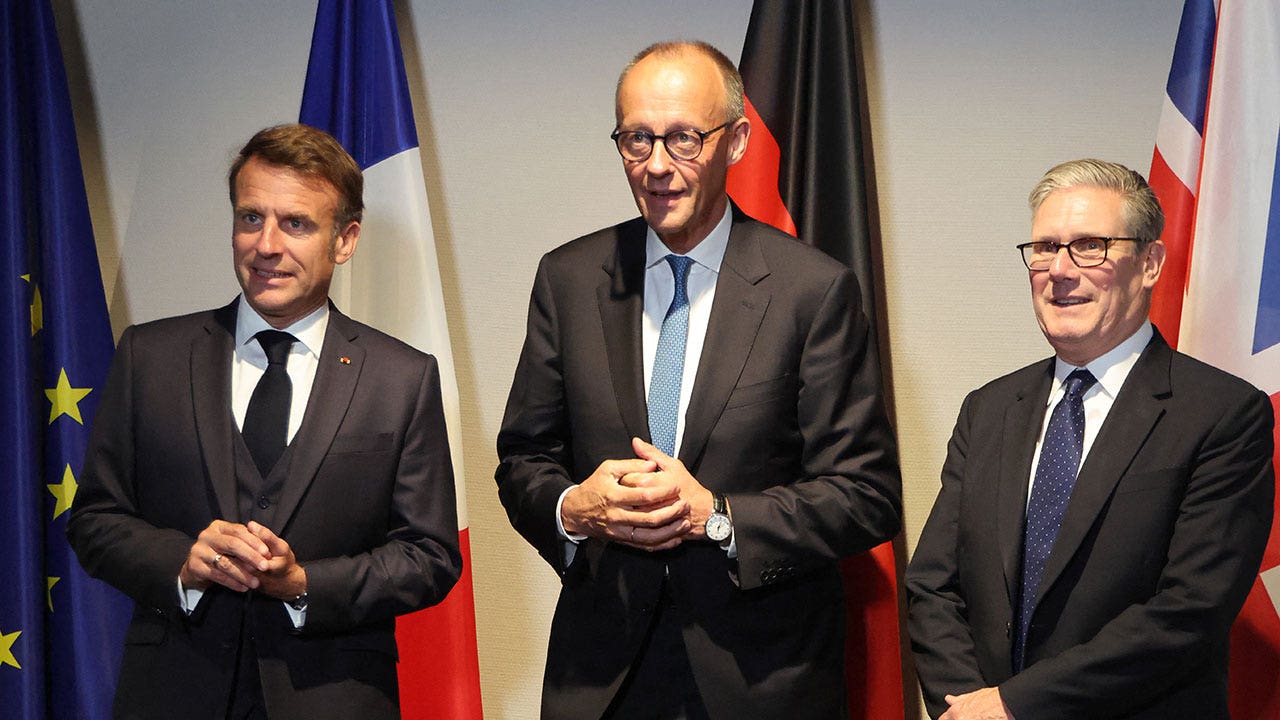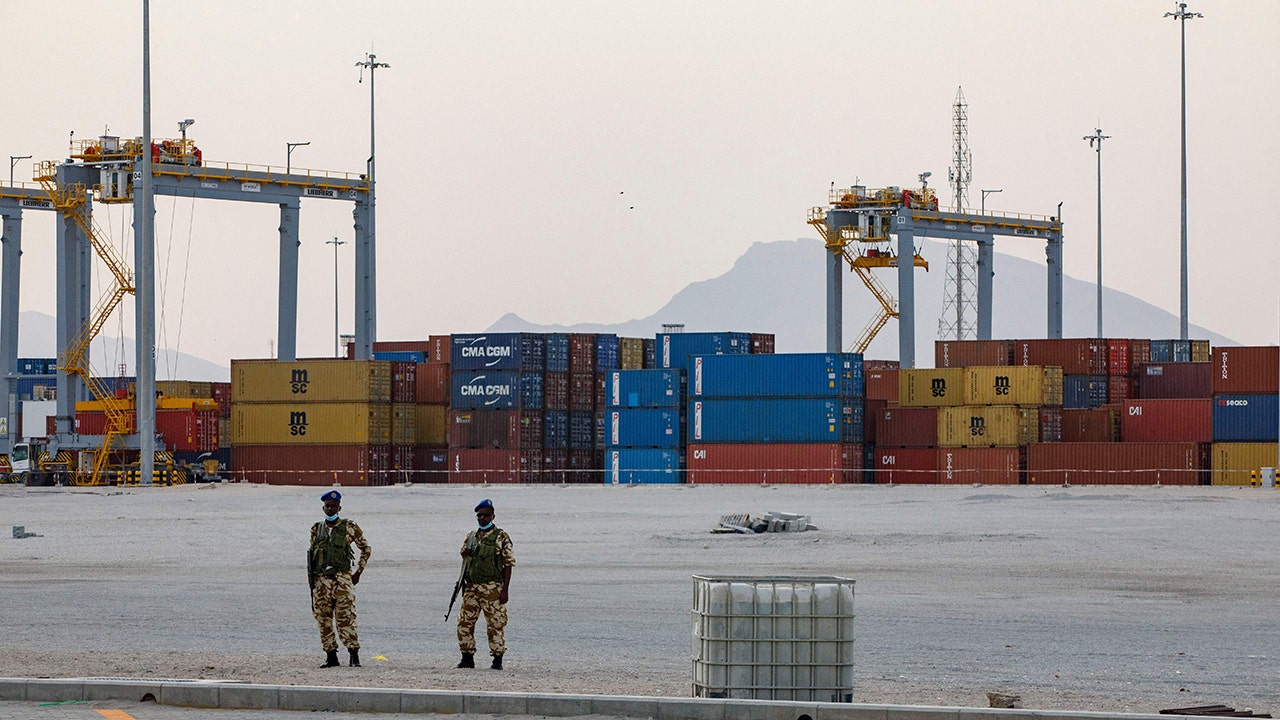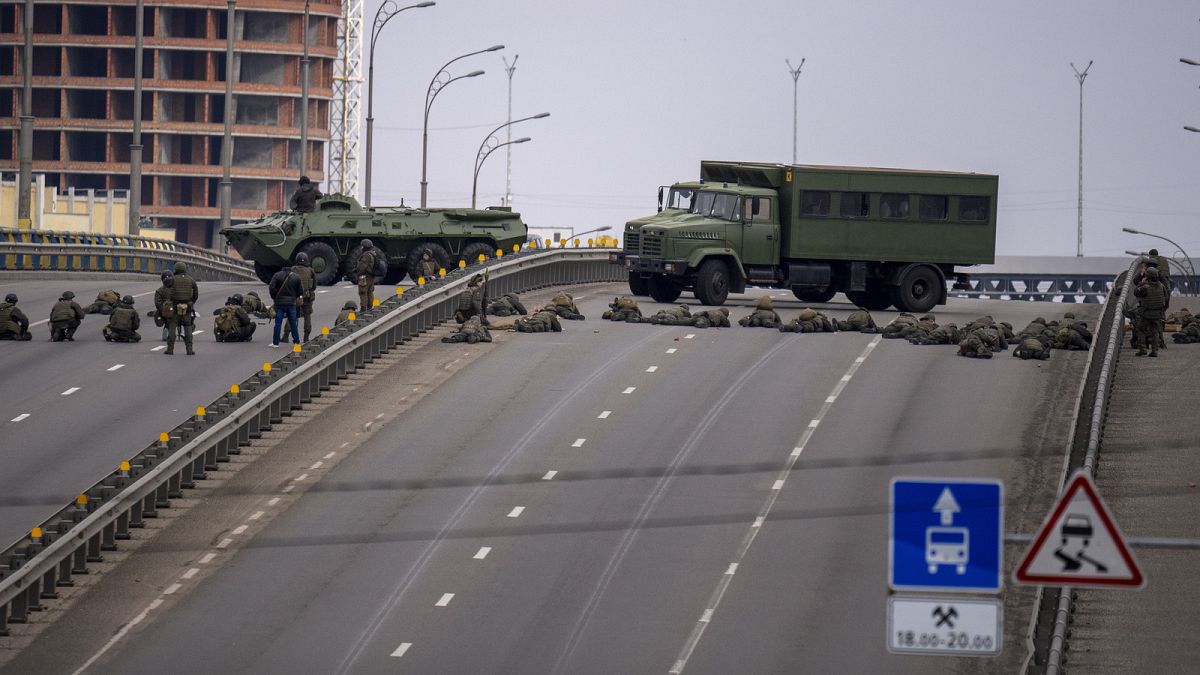By Fatih Birol, Executive Director, IEA, Kaspars Melnis, Minister for Climate and Energy, Latvia, Andres Sutt, Minister of Energy and the Environment, Estonia, and Žygimantas Vaičiūnas, Energy Minister, Lithuania
Published on
The opinions expressed in this article are those of the author and do not represent in any way the editorial position of Euronews.
ADVERTISEMENT
Recent crises have highlighted the critical role that energy plays in our economies and societies.
From Russia’s full-scale invasion of Ukraine and conflicts in the Middle East to blackouts in Chile and Spain, we have been repeatedly reminded of the need to ensure the security and reliability of our energy supplies, which can never be taken for granted.
In this context, Estonia, Latvia and Lithuania took a bold step forward this year to strengthen their energy security, which deserves widespread attention.
For 65 years, the electricity systems of the three Baltic states operated fully within the Russian and Belarusian system, which Russia controls. Yet earlier this year, following extensive preparations, they switched away from this system and connected to the continental European grid instead.
This is a clear and concrete example of what it means to take the hard but necessary actions to strengthen energy security, especially in an era of heightened geopolitical tensions.
The change was not only a significant technical success but also a political victory for the entire European Union. Synchronising the electricity systems of the Baltic states with the rest of Europe helps to ensure the reliability of power supply for homes, businesses, hospitals and schools.
It bolsters national and economic security. And it marks an important step towards closer integration with the EU’s internal energy market – something Estonia, Latvia and Lithuania have been working towards since their independence from the Soviet Union in 1990.
Strategic steps towards independence
Before this reorientation, Russia retained sole control over a critical parameter of the Baltics’ electricity systems: frequency.
This meant it had the capacity to influence how the power systems in the Baltic states operated, making them vulnerable to Russia’s weaponisation of energy.
The Baltics long recognised this as a potential threat. In 2007, Estonia, Latvia and Lithuania signalled their political will to desynchronise from the Russian system, and in 2018, they highlighted their intention to join the continental European system by the end of 2025.
In the years that followed, the Baltic states took strategic steps towards greater energy independence from Russia, with a continued focus on their power systems.
They approved and implemented key investments in infrastructure, including electricity connections to Poland, Finland and Sweden and among the Baltic states themselves.
More than 40 projects were carried out in relation to the synchronisation project alone – including the installation of new and reconstructed power lines, substations, synchronous condensers and additional storage capacity.
As a result, when Russia went on a full-scale invasion of Ukraine in early 2022, the Baltic states were able to move swiftly – immediately ending electricity imports from Russia, which met between 10% and 25% of the Baltic states’ total electricity demand on average.
Then, on 9 February 2025, Estonia, Latvia and Lithuania disconnected from Russia’s power system and synchronised with Europe’s through Poland – meeting this longstanding objective ahead of schedule and without incidents.
Baltic states can serve as inspiration to others
Reconfiguring an electricity system is a major undertaking, and this success was the result of many ingredients. Engineering was just one of them.
Strong political will and long-term vision ensured direction and continuity across different governments. Meanwhile, cooperation – both among the sprawling network of power system stakeholders and regionally – also proved essential.
Poland was pivotal in providing the necessary infrastructure and political support. The European Union also contributed significantly – financing 75% of the synchronisation investment costs.
This strong example of regional cooperation can serve as a model to follow in other parts of the world that are looking to better integrate their electricity systems and markets, including Southeast Asia and more.
Today, the Baltics are formulating new goals to deepen their energy security. This includes a push, together with Poland, to ensure the protection and resilience of critical energy infrastructure, which has recently come under threat.
A new flagship framework for accomplishing this, based on four priorities – prevention, detection, response and repair – could ultimately serve as a blueprint for safeguarding critical energy infrastructure across the European Union and beyond.
The successful and timely implementation of this new model will also require political and financial support from the European Union.
We live in a complex and dangerous world today, with a wide range of serious energy security challenges – from geopolitical tensions to cyberattacks and extreme weather. In this context, it is vital to anticipate and prepare for adverse events before they happen.
Through smart policymaking, courage and collaboration, the Baltic states are demonstrating what this looks like – and can serve as an inspiration to many countries around the world.
Fatih Birol is Executive Director of International Energy Agency (IEA), Kaspars Melnis is Minister for Climate and Energy of Latvia, Andres Sutt is Minister of Energy and the Environment of Estonia, and Žygimantas Vaičiūnas is Energy Minister of Lithuania.
Read the full article here







